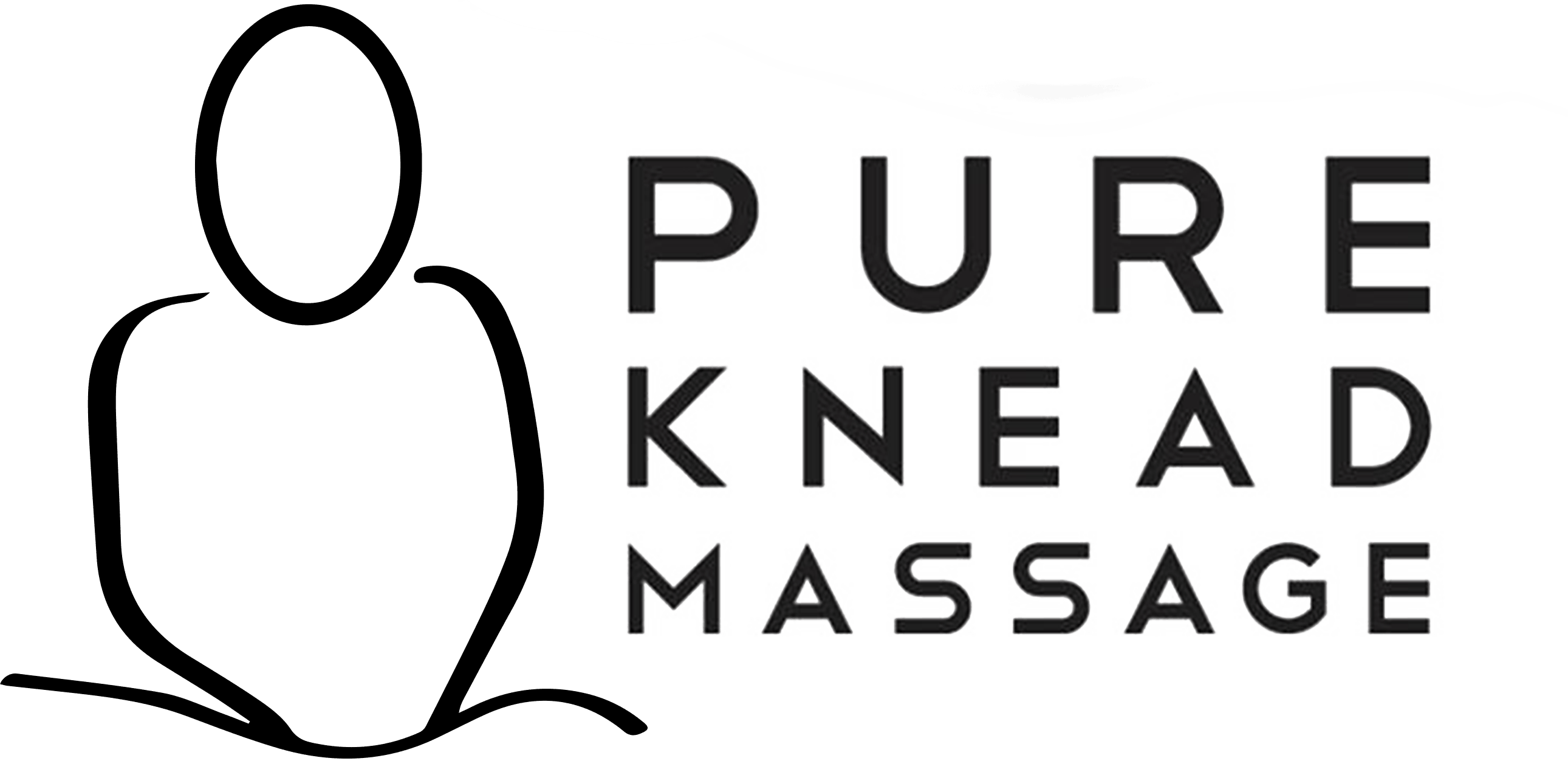The majority of Americans lead a primarily sedentary lifestyle. To combat the side effects of sitting, many of us try to incorporate physical activity wherever possible. Physical fitness has tremendous benefits for your physical, mental, and spiritual health, but it also has the potential to lead to injury through accidents, overstretching of muscles and ligaments, and most importantly, lack of conditioning. Oftentimes, after a 40 hour work-week of mostly sitting, our muscles aren’t as flexible or strong as we expect them to be and injuries can occur easily.
Book a Sports Massage or Therapeutic Massage in Phoenix AZ / San Diego CA
Most common sports injuries are:
- Ankle sprain
- Groin pull
- Hamstring strain
- Shin splints
- Knee injury: ACL tear
- Knee injury: Patellofemoral syndrome — injury resulting from the repetitive movement of your kneecap against your thigh bone
- Tennis elbow
Out of all these sports injuries, the most common reported are ankle sprains. Approximately 9 million Americans sprain their ankle annually, that’s 25,000 ankle sprains each day! This accounts for almost half of all sports injuries combined.
There are ways to prevent and treat ankle sprains, but first let’s identify what strains and sprains actually are. Sprains occur when there is an injury to the ligaments, which are the tough bands that connect bones in a joint. If there is a sudden stretch that pushes the ligaments past their limits, you can end up with tears or deformities. Strains occur to the muscle fibers and tendons, which connect the muscles to the bones. This is often referred to as a “pulled muscle” because it occurs when the muscle is overstretched, causing tears in the fibers or tendons.
Most athletes have experienced a sprained ankle, which happens when the foot turns inward. This turning stretches or tears the ligaments on the outside of the ankle, which are relatively weak. If you sprain your ankle, it is imperative to exercise and strength-train to regain mobility again. A physical therapist will show you what exercises work best for your injury.
The location of the sprain is very important as well. If it was “a high ankle sprain” this can take longer to heal, and should be seen by a doctor to ensure bones in the lower leg have not separated. If you experience tenderness above the ankle, it is a good indicator you have a high ankle sprain.
How to Prevent Sports Injuries
Conditioning: People can injure them**selves in an activity that they were not properly conditioned for, but most sports injuries are preventable through conditioning. Working out daily greatly decreases your chances of injury. Make sure to start every workout with a gentle warm-up. This increases blood flow to the muscles, creating flexibility and movement in your joints and muscles.
Plan Ahead: If you are participating in an activity that requires strenuous physical exertion, make sure to do “pre-participation training.” Activate the relevant muscle groups weeks before your planned activity so that when it is time to perform, your muscle memory can kick in and decrease risk of injury.
Listen to your Body: Tune into what your body is telling you. If you feel fatigued, take a break or cease the activity all together. Muscle fatigue prevents your body from employing its protective mechanisms effectively, leading to injury.
Treating Sports Injuries: Most of the time sports injuries are mild or moderate, indicating there is some damage, but nothing that needs to be put back into place. In these scenarios, it is best to employ the RICE therapy method. When an injury occurs, the affected area will become inflamed and swollen as a reaction to the trauma. The RICE method is an athlete’s first go-to to decrease swelling and inflammation and return mobility in the area and improve healing time.
- R- Rest: This can also be referred to as “restricted activity.” Ultimately, you want to limit the amount of movement you are doing. This is the time to relax and let your body focus on rehabilitation.
- I- Ice: Immediately after an injury it is best to apply ice to the area. Ice is called the “miracle drug” for sports injuries due to its ability to reduce inflammation and pain without many side effects. Ice the area for 20 minutes every 1-2 hours for the first 48 hours after an injury and more as-needed. Make sure to cover the ice with a cloth or rag to prevent frostbite. Avoid applying heat during these 48 hours, as it increases swelling and blood flow.
- C- Compression: Apply compression through a brace or ace bandage to help reduce swelling and secure the joint.
- E- Elevate: Elevate your ankle or injured area so it is above your heart. This reduces swelling and inflammation.
Over-the-counter anti-inflammatory meds may help with any swelling you may be experiencing. We also have a recipe for an all-natural pain relieving salve on our blog. If these do not help, it is best to seek the help of a medical professional.
Massage therapy is an excellent asset to athletes or those injured as well. Sports massage is one of the most commonly requested modalities because it is goal-oriented in the sense that it focuses on the rehabilitation of injuries, as well as moving towards greater performance of the body overall. If the area is too tender to be worked on, wait until it has healed, or opt for a more relaxing massage, like swedish, to help relax the muscles in your body that have tensed as a result of the injury.
Humans are resilient and tough individuals, but it is important to recognize when we need to seek medical advice if the injury is more serious. Always see a doctor if your injury looks deformed, crooked, or has abnormal movement, excessive swelling, changes in skin color, or if you cannot bear any weight on the limb. If you have not seen improvement after RICE therapy, call the doctor.
Healing takes time, and should be taken seriously. Most injuries take weeks or months to fully heal, even with great treatment. If you feel like your injury is more severe than you expected, go to your doctor for a treatment plan. In the event that a muscle, tendon, or ligament was torn, surgery may be needed. Always consult a medical professional when you have been injured.


